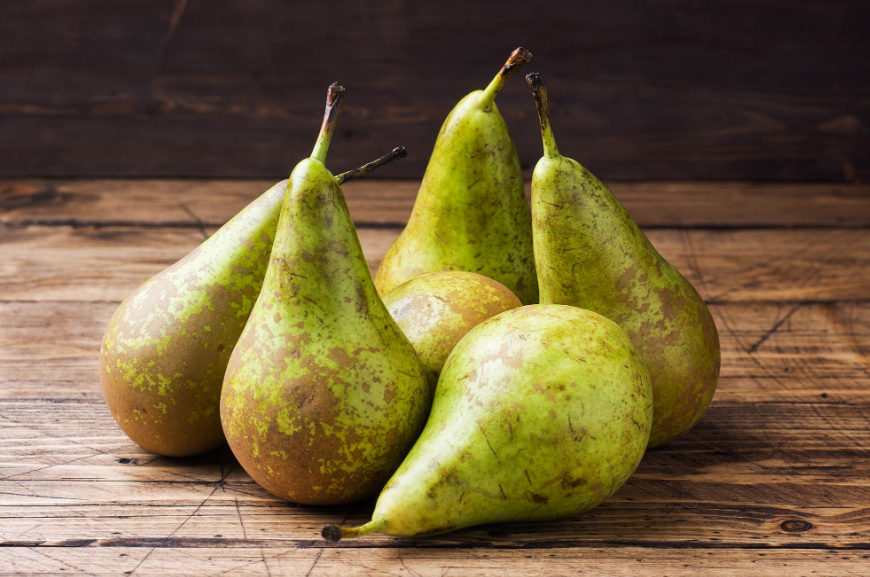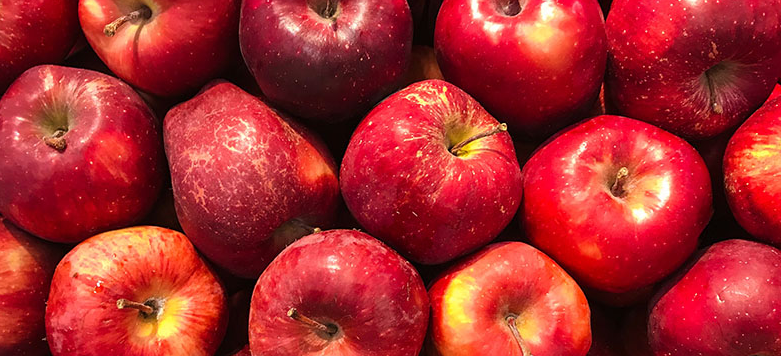Do you know about Bolivia National Fruit? National fruits hold a special place in a country’s identity, serving as a symbol of pride and cultural heritage. Bolivia, a diverse and vibrant South American nation, is no exception. Among its rich array of natural wonders, Bolivia proudly claims Achachairu as its national fruit. In this article, we will explore the significance of Achachairu in Bolivia’s culture, economy, and global market. Join us on this journey to discover the taste and allure of this extraordinary fruit.
Achachairu: A Taste of Bolivia
Discovering Achachairu
At first glance, Achachairu may appear unassuming, resembling a small orange or tangerine. However, beneath its humble exterior lies a burst of flavor that awakens the senses. Native to the tropical regions of Bolivia, Achachairu (Garcinia humilis) belongs to the Clusiaceae family. The fruit’s thin orange skin conceals succulent, translucent flesh that offers a delightful balance of sweetness and acidity.
Origin and Cultivation
The cultivation of Achachairu has deep roots in Bolivian history. Indigenous communities in the lowland regions of Beni and Pando have been cultivating this fruit for centuries, passing down traditional knowledge through generations. The warm climate and fertile soil of these regions provide the perfect conditions for Achachairu trees to thrive.
Nutritional Value and Health Benefits
Beyond its delectable taste, Achachairu is a nutritional powerhouse. Packed with vitamins C and B3, as well as minerals like potassium and magnesium, this fruit offers a natural boost to the immune system. Its high fiber content promotes digestive health, while antioxidants help protect the body against free radicals. Incorporating Achachairu into one’s diet can be a flavorful way to support overall well-being.
Cultural Significance of Bolivia National Fruit
A Fruit of Tradition
Achachairu holds a special place in Bolivian culture, intertwining with various traditions and culinary practices. Indigenous communities have long recognized the fruit’s value, utilizing it in traditional medicines and remedies. Additionally, Achachairu’s unique flavor profile has made it a staple ingredient in Bolivian cuisine, adding a refreshing touch to desserts, beverages, and savory dishes.
Festivals and Celebrations
Bolivians proudly celebrate Achachairu through lively festivals and cultural events. These festivities showcase the fruit’s significance, attracting locals and tourists alike. The annual Achachairu Festival in Beni gathers communities to honor their ancestral traditions, featuring vibrant parades, traditional dances, and mouthwatering dishes that highlight the versatility of this cherished fruit.
Symbolism and Identity
Achachairu has come to symbolize the spirit of Bolivia. Its vibrant colors and rich flavors reflect the country’s cultural diversity and resilience. The fruit serves as a reminder of the deep connection between Bolivia’s people and its natural resources. By embracing Achachairu as its national fruit, Bolivia celebrates its unique identity and invites the world to savor a taste of its heritage.
Bolivia National Fruit: Economic Importance
Commercial Production and Exportation
In recent years, Achachairu has gained attention beyond Bolivia’s borders, attracting interest from international markets. The fruit’s increasing popularity has led to the expansion of commercial production, with farmers cultivating larger orchards to meet the growing demand. As a result, Achachairu has become an important export for Bolivia, contributing to the country’s economic growth.
Contribution to Local Economy and Livelihoods
The cultivation and trade of Achachairu play a vital role in the local economy, particularly in the Beni and Pando regions. Small-scale farmers, often belonging to indigenous communities, benefit from the income generated by Achachairu sales. This economic activity helps improve livelihoods, empowering these communities and providing opportunities for sustainable development.
Challenges and Opportunities
While the economic prospects of Achachairu are promising, the industry faces certain challenges. Limited infrastructure, including transportation and storage facilities, can hinder the export process. Additionally, market competition and fluctuations in demand require farmers and producers to adapt and explore innovative marketing strategies. By addressing these challenges and embracing opportunities, Bolivia can continue to leverage Achachairu’s economic potential.
Bolivia National Fruit in the Global Market
Demand and Popularity Worldwide
Achachairu has garnered attention beyond Bolivia’s borders, captivating the taste buds of fruit enthusiasts worldwide. Its unique flavor profile, combined with increasing interest in exotic fruits, has fueled a growing demand for Achachairu in international markets. As global consumers seek new and exciting culinary experiences, Achachairu stands out as an exotic gem waiting to be discovered.
Export Destinations and Trade Statistics
Bolivia has successfully established export channels for Achachairu, reaching various countries across the globe. The United States, European nations, and neighboring countries in South America are among the key importers of this Bolivian treasure. Trade statistics indicate a steady increase in Achachairu exports, highlighting its potential for further market expansion.
Potential for Growth and Market Expansion
With its unique flavor and growing global demand, Achachairu presents an opportunity for Bolivia to strengthen its position in the international fruit market. By focusing on quality control, branding, and market diversification, Bolivia can tap into the potential of Achachairu as a premium fruit, attracting discerning consumers and expanding its global reach.
Bolivia National Fruit: Challenges and Conservation
Environmental Impact of Cultivation
As Achachairu production expands, it is essential to consider the environmental impact. Large-scale cultivation can put pressure on local ecosystems, including deforestation and loss of biodiversity. Sustainable farming practices, such as agroforestry and responsible land management, are crucial to mitigate these impacts and ensure the long-term sustainability of Achachairu cultivation.
Conservation Efforts and Sustainability
Recognizing the importance of preserving Achachairu and its natural habitat, Bolivia has implemented conservation initiatives. These efforts aim to protect the fruit’s genetic diversity, promote sustainable farming practices, and support the livelihoods of local communities. By engaging in responsible cultivation and conservation, Bolivia can maintain the delicate balance between economic growth and environmental stewardship.
Preserving Traditional Knowledge and Genetic Diversity
Achachairu cultivation is deeply rooted in the traditional knowledge and practices of indigenous communities. Preserving this ancestral wisdom is crucial to maintain the authenticity and cultural significance of Achachairu. Additionally, safeguarding the genetic diversity of Achachairu cultivars is essential for the fruit’s long-term resilience and adaptation to changing environmental conditions.
Frequently Asked Questions (FAQs)
- Is Achachairu only grown in Bolivia?
No, Achachairu is primarily cultivated in Bolivia, but it can also be found in neighboring countries like Brazil and Peru.
- Can Achachairu be grown in other countries?
While Achachairu thrives in Bolivia’s tropical climate, efforts have been made to cultivate it in suitable regions of other countries. However, successful cultivation outside of Bolivia remains limited.
- How does Achachairu taste?
Achachairu offers a unique flavor profile, combining sweetness with a pleasant tangy acidity. It is often described as a blend of tropical fruits like mango, lychee, and citrus.
- Are there any health risks associated with Achachairu?
Achachairu is generally safe to consume and offers numerous health benefits. However, individuals with known allergies to similar fruits should exercise caution and consult a healthcare professional if necessary.
- Where can I buy Achachairu outside of Bolivia?
Achachairu is still relatively rare in international markets, but specialized gourmet stores or online platforms may offer imported Achachairu products. Check with local exotic fruit suppliers or online fruit retailers for availability.
Conclusion
Achachairu, Bolivia’s national fruit, encapsulates the essence of the country’s cultural heritage, economic potential, and environmental stewardship. This small fruit with a big flavor represents the harmonious relationship between Bolivia’s people and its natural resources. From its humble beginnings in indigenous communities to its growing popularity in the global market, Achachairu continues to captivate taste buds and inspire a sense of wonder. As you explore the world of exotic fruits, don’t miss the opportunity to savor the taste of Bolivia through Achachairu.
References:
- Achachairu Fruit: Discover the Tropical Flavors of Bolivia. (n.d.). Retrieved from https://www.gobolivia.com/achachairu-fruit.html
- Achachairu: A Taste of Bolivia. (n.d.). Retrieved from https://www.bolivia.travel/en/food/achachairu-a-taste-of-bolivia
- Bolivia: Culture. (n.d.). Retrieved from https://www.britannica.com/place/Bolivia/Culture

